“Normal America.” I’m not sure what that means anymore, but at some point it had a lot to do with demographics. Naturally, the “normal” that you look at or want bleeds into policy-making and the like. Jed Kolko for FiveThirtyEight looks into the states most similar to the country overall — the one from 1950 and from today.
But the places that look today most like 1950 America are not large metros but rather smaller metros and rural areas. Looking across all of America, including the rural areas, the regions that today look most demographically similar to 1950 America are the portion of eastern Ohio around the towns of Cambridge and Coshocton and the Cumberland Valley district in southeastern Kentucky.
The states most similar demographically to today’s America: Illinois, New York, New Jersey, Connecticut, and Virginia.

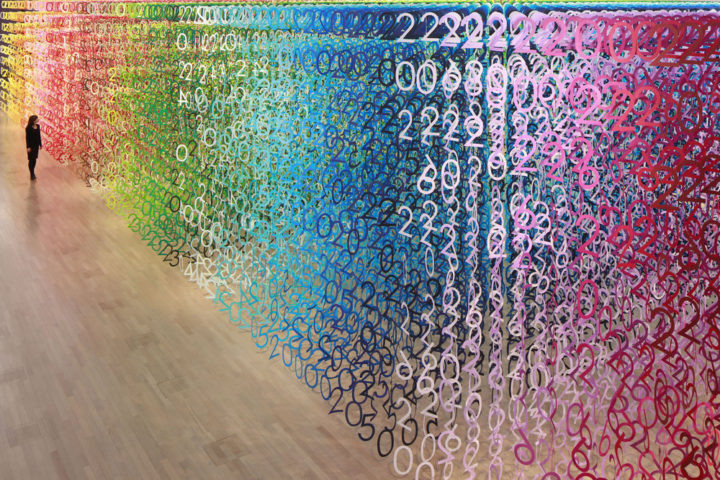
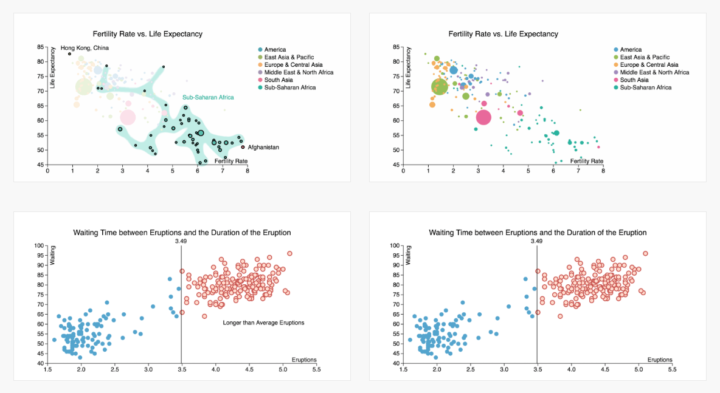
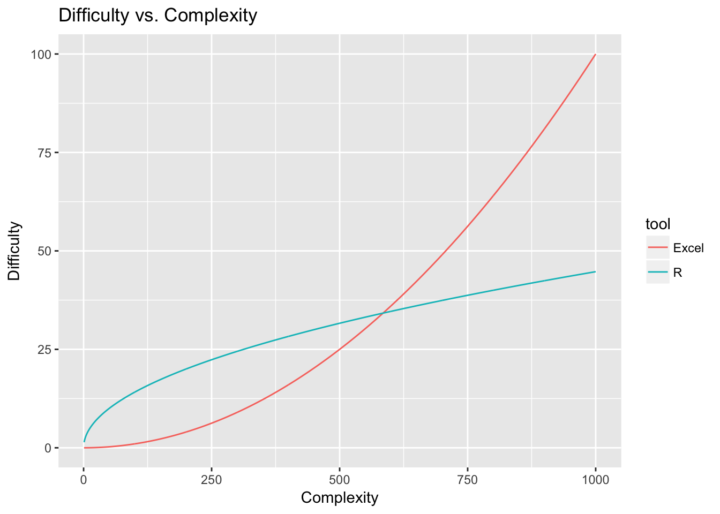

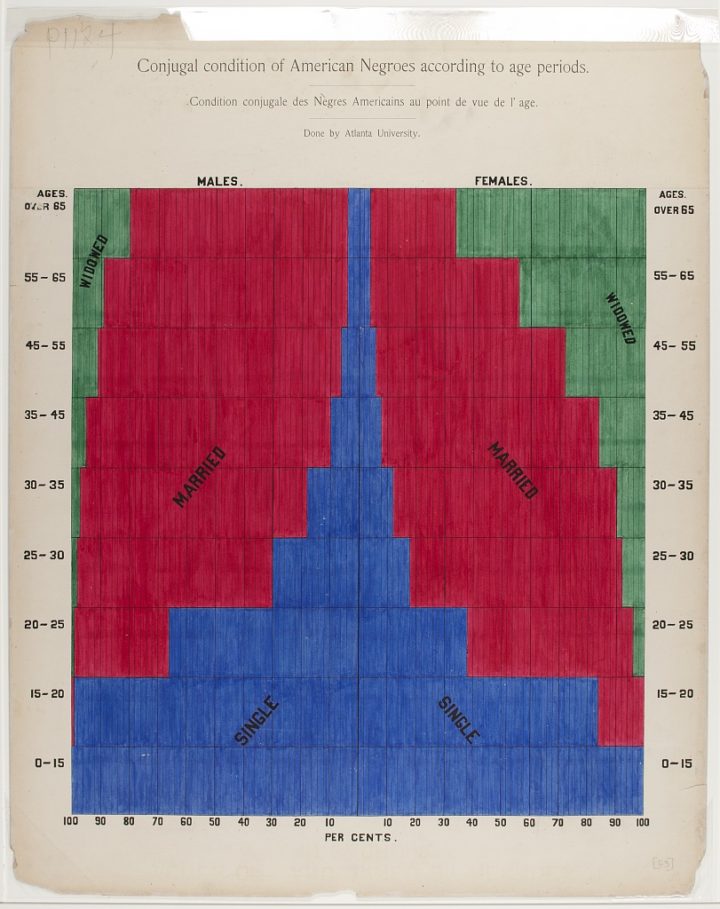
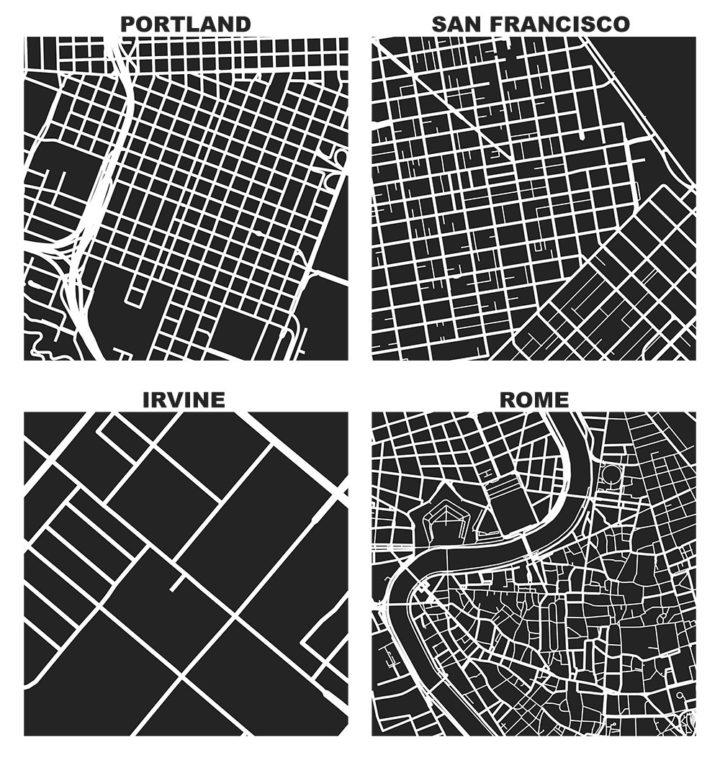

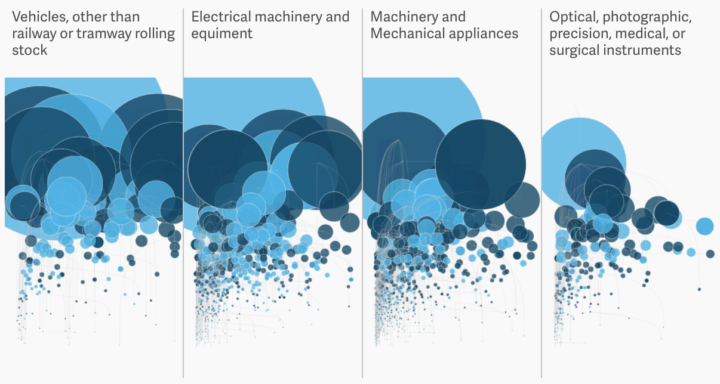
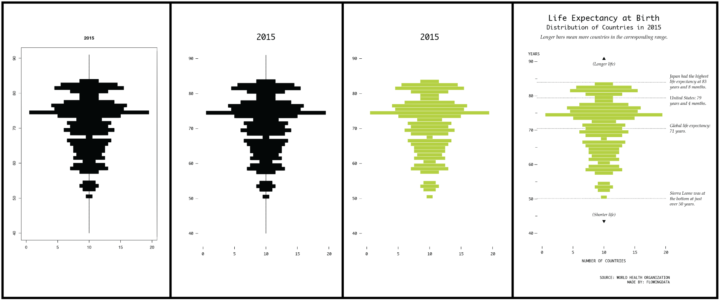

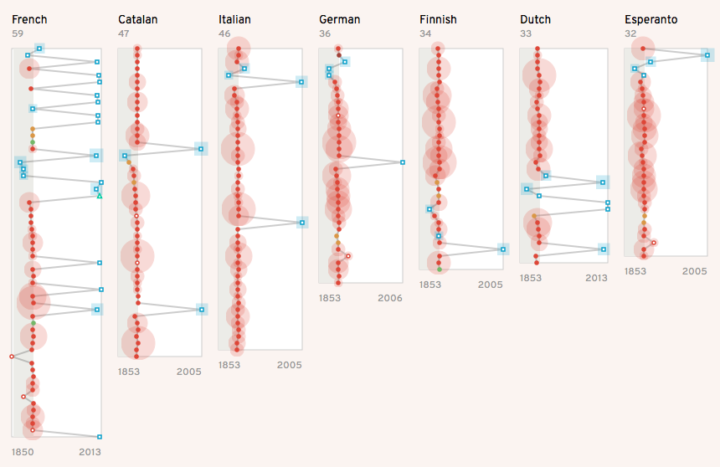

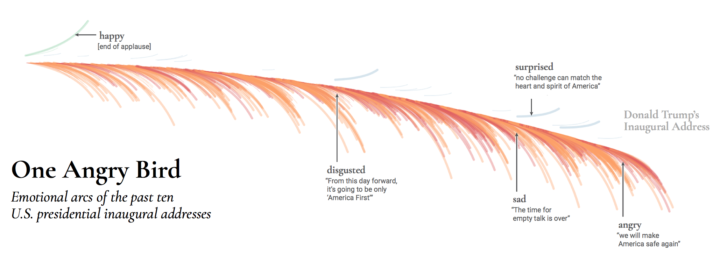
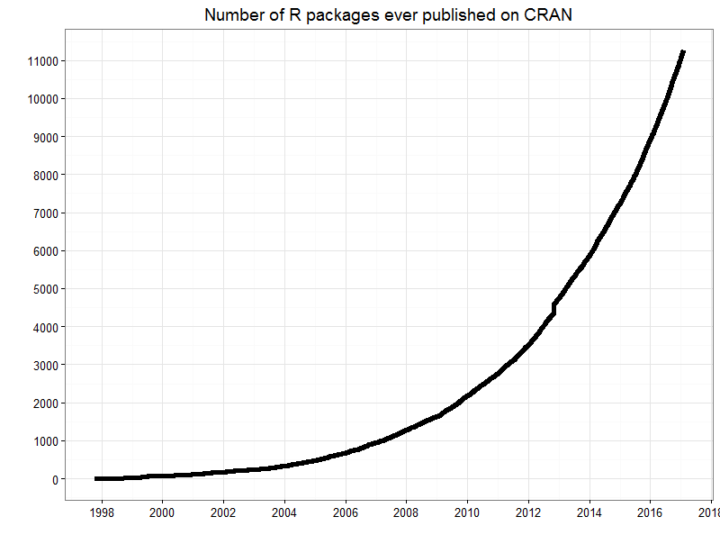
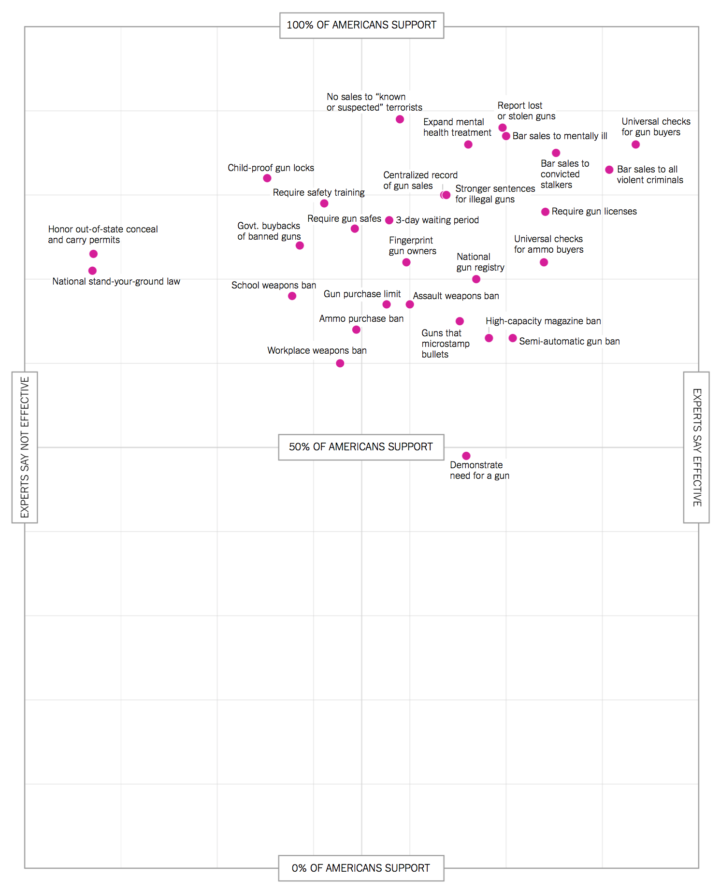
 Visualize This: The FlowingData Guide to Design, Visualization, and Statistics (2nd Edition)
Visualize This: The FlowingData Guide to Design, Visualization, and Statistics (2nd Edition)










